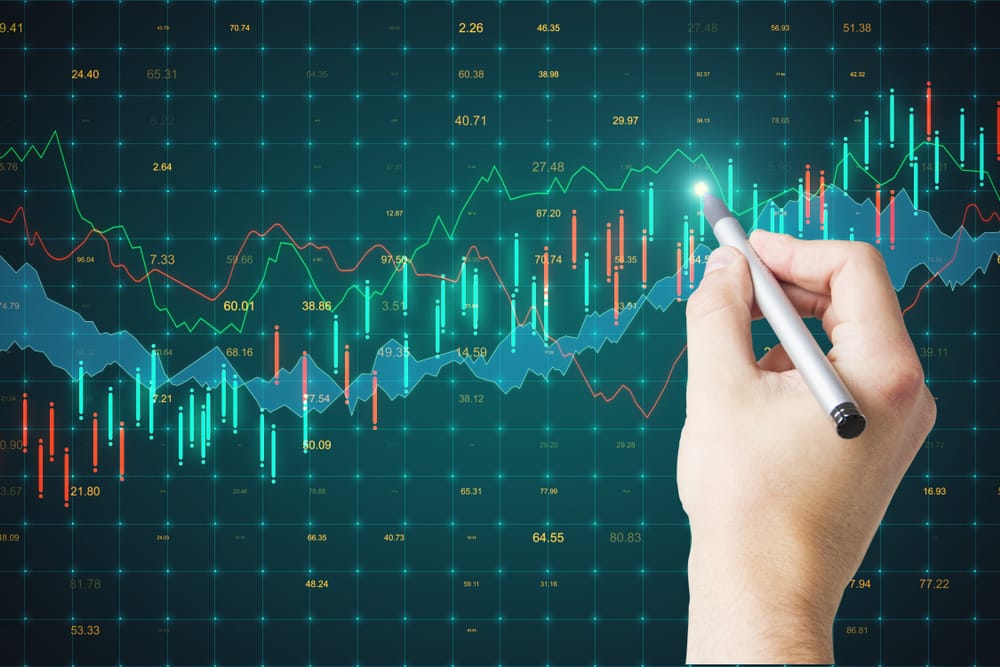3-Month Average Change, Thousands of Persons, Monthly, Seasonally Adjusted
This dataset tracks 3-month average change, thousands of persons, monthly, seasonally adjusted over time.
Latest Value
0.90
Year-over-Year Change
50.00%
Date Range
4/1/1990 - 7/1/2025
Summary
The '3-Month Average Change, Thousands of Persons, Monthly, Seasonally Adjusted' measures the average change in total U.S. employment over a 3-month period, providing insight into the overall health of the labor market.
Analysis & Context
This economic indicator provides valuable insights into current market conditions and economic trends. The data is updated regularly by the Federal Reserve and represents one of the most reliable sources for economic analysis.
Understanding this metric helps economists, policymakers, and investors make informed decisions about economic conditions and future trends. The interactive chart above allows you to explore historical patterns and identify key trends over time.
About This Dataset
This economic indicator tracks the average change in the number of persons employed across all sectors of the U.S. economy on a monthly basis, with seasonal adjustments made to account for predictable fluctuations. It is a key metric used by economists and policymakers to gauge the strength and direction of the job market.
Methodology
The data is collected and calculated by the U.S. Bureau of Labor Statistics.
Historical Context
This employment trend is closely monitored by the Federal Reserve and other government agencies to inform economic and policy decisions.
Key Facts
- The average monthly change peaked at 1,186,000 in June 2020.
- The largest 3-month decline was -2,950,000 from March to May 2020.
- This metric has remained positive since May 2020, indicating ongoing job growth.
FAQs
Q: What does this economic trend measure?
A: The '3-Month Average Change, Thousands of Persons, Monthly, Seasonally Adjusted' tracks the average change in total U.S. employment over a 3-month period.
Q: Why is this trend relevant for users or analysts?
A: This employment indicator provides valuable insight into the overall health and direction of the U.S. labor market, which is a key component of the broader economy.
Q: How is this data collected or calculated?
A: The data is collected and calculated by the U.S. Bureau of Labor Statistics.
Q: How is this trend used in economic policy?
A: This employment metric is closely monitored by the Federal Reserve and other government agencies to inform economic and policy decisions.
Q: Are there update delays or limitations?
A: The data is published monthly with a typical release lag of 1-2 weeks.
Related News

U.S. Trade Deficit Decreases As Businesses Anticipate Tariff Hikes
U.S. Trade Deficit Reaches Two-Year Low Amid Anticipated Tariff Hikes The recent announcement that the U.S. trade deficit has reached a two-year low signals significant developments for the national economy. This change may, in part, be influenced by the anticipation of tariff hikes, which are affecting trade patterns. As this event unfolds, it has implications for the U.S. GDP, underscoring the importance of reducing the trade deficit. Trade tensions have long shaped the global economic landsc

Federal Reserve rate cuts forecast and S&P 500 market reaction
How Federal Reserve Rate Cuts Shape the Economic Landscape The Federal Reserve's decisions impact the financial environment in various ways, often triggering shifts that ripple throughout the economy. The act of altering the effective federal funds rate influences a broad spectrum of financial metrics, including the S&P 500. Notably, these changes have repercussions for market volatility, investor confidence, and the broader economic outlook. Understanding these connections helps place today's

S&P 500 Target Increases Amid Ongoing AI Growth in the US
AI Growth Drives S&P 500 Target Increases AI technology is playing a significant role in propelling S&P 500 target increases, reshaping the United States stock exchange. As Wall Street analysts tune their investment strategies in response to these changes, the S&P 500's rise serves as a mirror reflecting wider economic trends. The increasing targets have brought a new focus to stock market predictions and AI investment, altering the ways both investors and analysts approach the financial landsc

US Treasury yields mixed before expected Federal Reserve rate cut
Understanding Mixed Treasury Yields Ahead of the Anticipated Fed Rate Cut Navigating the complex world of Treasury yields can seem like unraveling a mystery. In the unpredictable arena of mixed yields, understanding their shifts becomes especially crucial. Treasury yields offer a glimpse into Wall Street's trust in the economic outlook. They're shaped by various factors, such as the Federal Reserve's interest rate changes and the broader economic landscape. Right now, investors are watching clo

S&P 500 hits record as U.S. producer prices fall
S&P 500 Reaches Record High as U.S. Producer Prices Decline The S&P 500 reaching a record high suggests a notable moment in market history, particularly as the U.S. Producer Price Index (PPI) shows a downward trend. The link between the stock markets and producer prices demonstrates how interconnected these financial indicators can be. Falling PPI numbers might seem positive, yet they can signal underlying market changes. These shifts invite investors to recalibrate their approaches in response

U.S. Stock Futures Stagnant Despite Positive Jobless Claims and GDP
Why US Stock Futures Remain Stagnant Despite Positive Economic Indicators The current investment landscape is puzzling for many as US stock futures struggle to show a definite trend despite favorable economic signals. These signals, such as jobless claims and Q2 GDP figures, suggest a healthy economy. Given the roles of the stock market and the Federal Reserve's decisions on rate hikes, it is surprising to witness this stagnation. Inflation trends and the Fed's signals about future policies pla
Similar SMS Trends
3-Month Average Change, Thousands of Persons
SMS78000000500000026
3-Month Average Change, Thousands of Persons, Seasonally Adjusted
SMS11000000000000026
3-Month Average Change, Thousands of Persons, Seasonally Adjusted
SMS11000000500000026
3-Month Average Change, Thousands of Persons, Monthly, Seasonally Adjusted
SMS17000000000000026
3-Month Average Change, Thousands of Persons, Monthly, Seasonally Adjusted
SMS24000000500000026
3-Month Average Change, Thousands of Persons, Monthly, Seasonally Adjusted
SMS72000000500000026
Citation
U.S. Federal Reserve, 3-Month Average Change, Thousands of Persons, Monthly, Seasonally Adjusted (SMS09000000000000026), retrieved from FRED.